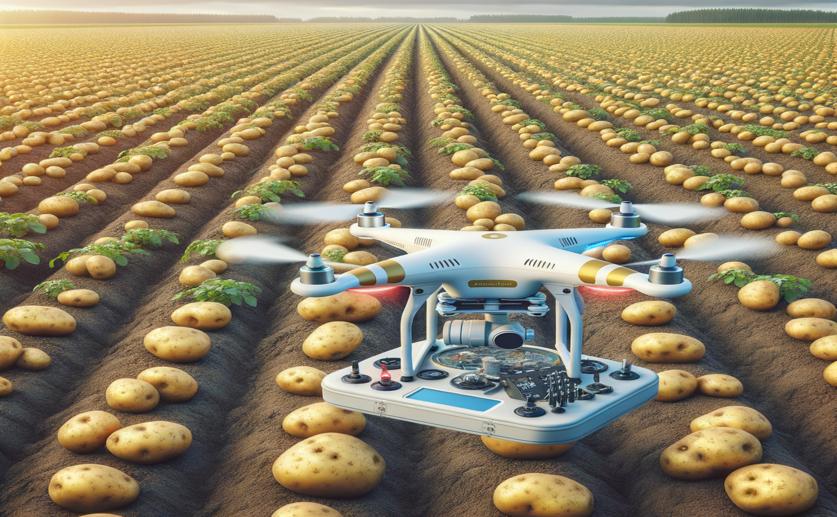
Selecting Better Potatoes with Drone-Gathered Data
Jim Crocker
7th March, 2024

Image Source: Natural Science News, 2024
Key Findings
- Study at Heinrich-Heine-University found drones can predict potato traits like yield and maturity
- Combining drone data with genetic data improves prediction for 20 out of 22 potato traits
- This method could speed up breeding new potato varieties, aiding global food security
AgricultureBiotechPlant Science
References
Main Study
1) Using drone-retrieved multispectral data for phenomic selection in potato breeding.
Published 6th March, 2024
https://doi.org/10.1007/s00122-024-04567-3
Related Studies
2) The Potato of the Future: Opportunities and Challenges in Sustainable Agri-food Systems.
3) Temporal phenomic predictions from unoccupied aerial systems can outperform genomic predictions.
4) Phenomic selection in wheat breeding: identification and optimisation of factors influencing prediction accuracy and comparison to genomic selection.
5) The performance of phenomic selection depends on the genetic architecture of the target trait.



 2nd March, 2024 | Jim Crocker
2nd March, 2024 | Jim Crocker